 |
An operator is wearing a full set of equipment. He can control the movement of the robot and at the same time feel the robot's feelings.

This is a demonstration in the laboratory of Keio University in Japan, where robots remotely manipulate glass marbles from one cup into another.
On February 16th, Beijing time, according to a website of a physicist organization, Japanese scientists have recently developed a robot that can vividly imitate human movements. This progress has led people to move toward the Hollywood film “Avatar†A step.
Researchers have developed a device called “TELESAR V†that allows them not only to command the robot’s movements in the distance, but also to experience what they see, hear and feel. of. Researcher Sho Kamuro said: "When I put on this device and move my body, I saw my hand has become a robot's hand. When I move my head, I feel it has never felt before." He said: "This is a strange feeling, so that you begin to wonder if you really become a robot."
Professor Susumu Tachi, an engineering and virtual reality expert at the College of Media Design at Keio University in Japan, said that the helmets, vests, and gloves worn by the operator can perceive and pass detailed instructions to the robot. Then the robot will imitate. Every detail of human action. At the same time, a set of sensors converts the robot's movement information into a system of sensory information sent back to the controller, allowing the controller to have the feeling of the robot.
Gloves made of thin polyester fiber material are connected to semiconductors and micro motors, allowing the controller to “feel†what the robot arm touches, perhaps smooth or uneven, or perhaps Cold or hot.
The robot's eyes are in fact a camera that captures the image displayed on the screen of a small camera in front of the operator, giving it three-dimensional vision. A microphone mounted on the robot can capture the sound, and a speaker can send the operator's voice from the robot.
Of course, this virtual robot still falls short of the level of the Cameron movie "Avatar." In the film, the US soldiers can remotely control their genetically modified "super-bodies" to fight on a distant exoplanet.
However, Professor Tachi said that this technology still has more intuitive benefits. For example, working in a high-risk environment, for example, entering the radiation environment of the Fukushima Daiichi nuclear power plant in Japan instead of working for staff and so on. He said: "I think that after further research and development, this kind of robot will have the ability to work in areas that are too dangerous for people to enter."
Japan has long been known for its advanced robotics technology. However, many problems have been exposed in this Fukushima nuclear power plant rescue operation. For example, Japan still lacks related robots that can enter the ruins of nuclear power stations for rescue work, and has to rely on foreign countries instead. Provide technical support and assistance. Professor Tachi believes that it is precisely because the so-called “security myths†of nuclear power plants are so prevalent that people are too confident about their safety measures. This has led to insufficient research and development momentum for disaster relief robots that are used in these places.
However, he also stated that the robotics technology they are currently developing will help to help people eventually dismantle the reactor equipment inside the Fukushima nuclear power plant. This work is expected to last for 30 years. He said that a robot that allows its users to perceive the real environment of the scene at a distance may not be limited to industrial applications. He said: "For example, this technology will allow you to communicate with grandfathers and grandmothers who live far away and deepen your emotional communication."
Main Type
* To North/South American market
This rail spike is manufactured according to ARMEA specifications or customers' requirements.
Size: 3/4", 1/2", 5/8"
Length: 3", 3-1/2", 4-1/2", 5", 5-1/2", 6",etc
Material: Q235, 35#, Q355, etc.
Surface: Plain,etc
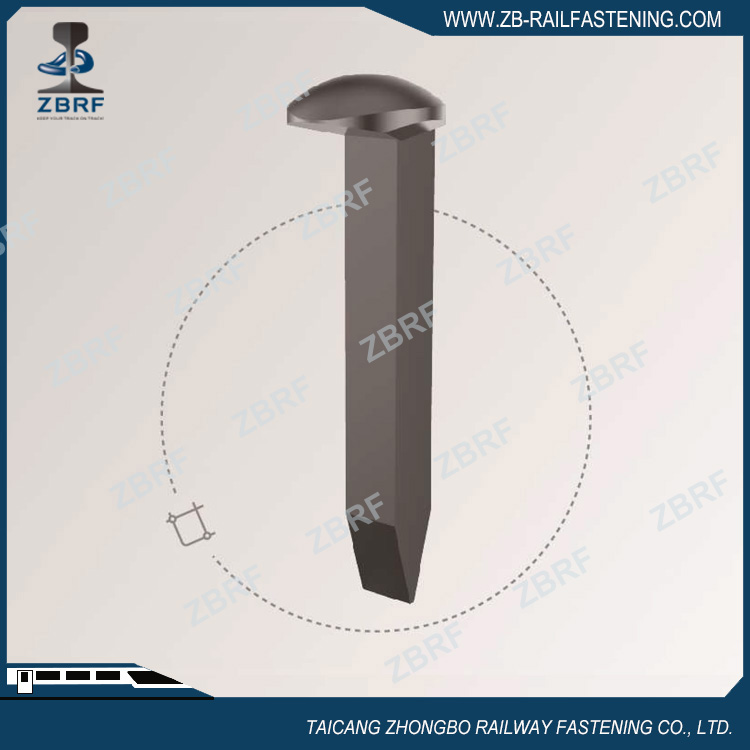
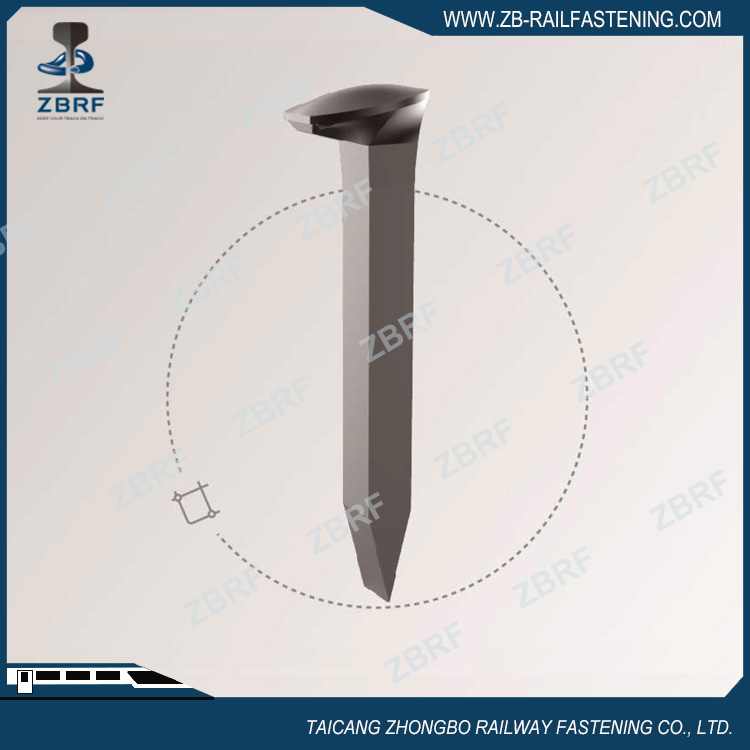
* Material to Grade 5.6 or at customers' requirement, mainly supply to Eurpo
Size: 12X12X115mm,etc
Surface: Plain,etc
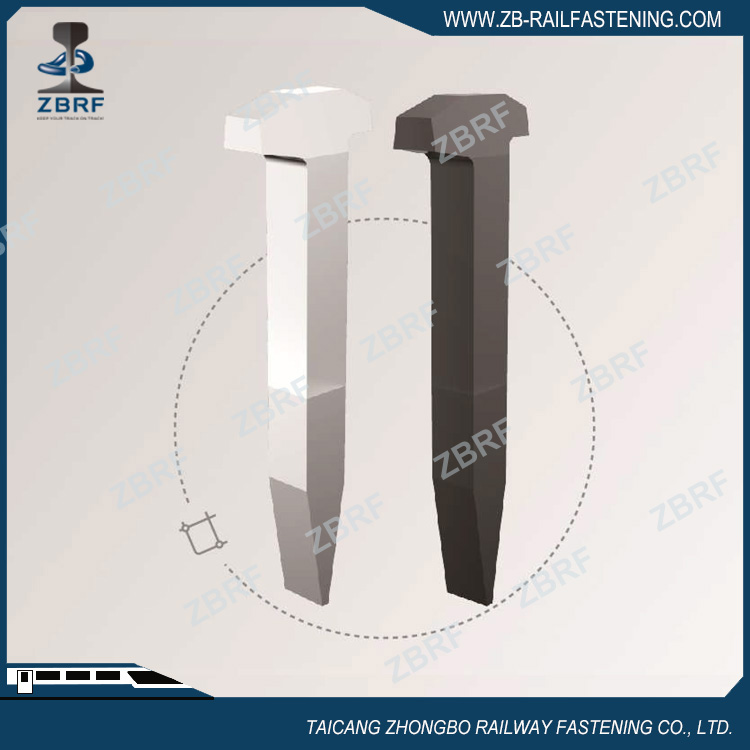
*To GOST 5812-82
Standard: GOST 5812-82, stand a tensile strength of 49KN(5ton force)
Size:16X16X165/205/230/280mm, etc
Surface: Plain,etc
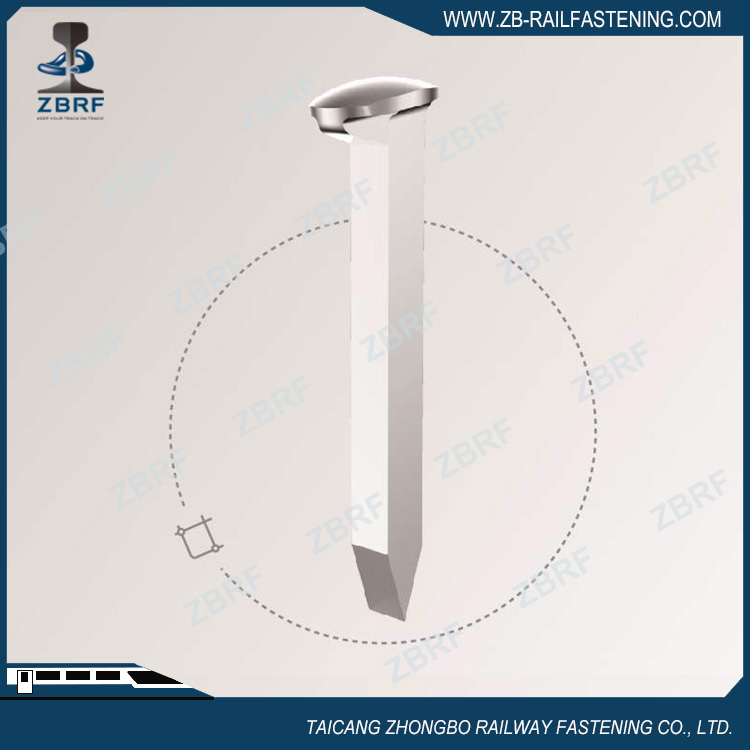
*Main supply to Sweden
Size:16X16X170mm, etc
Surface: Plain,etc
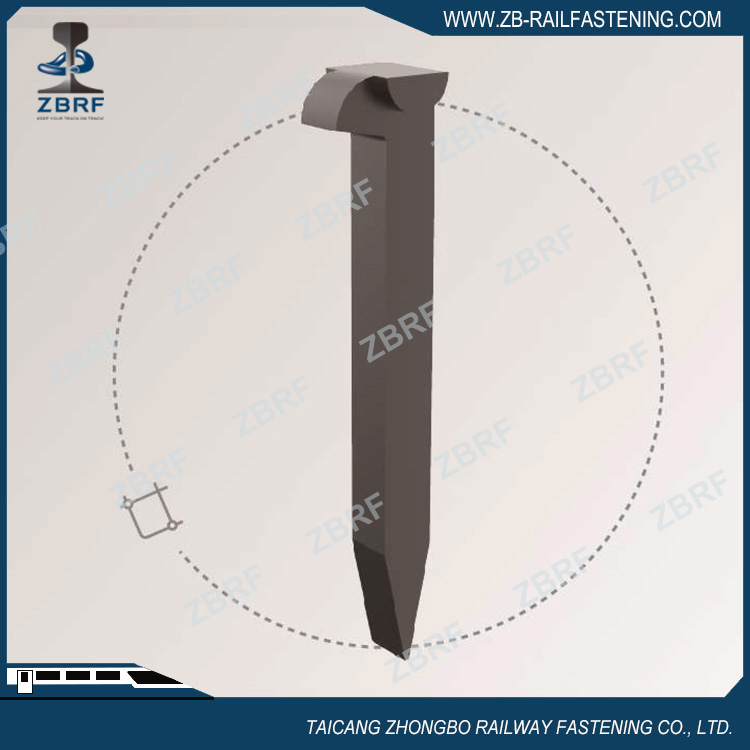
* Boat spike
Size:3/8X3/8X6"/8"/10", 1/2X1/2X10"/12"
Material: Q235,etc
Surface:Plain, black, Galvanized, etc.
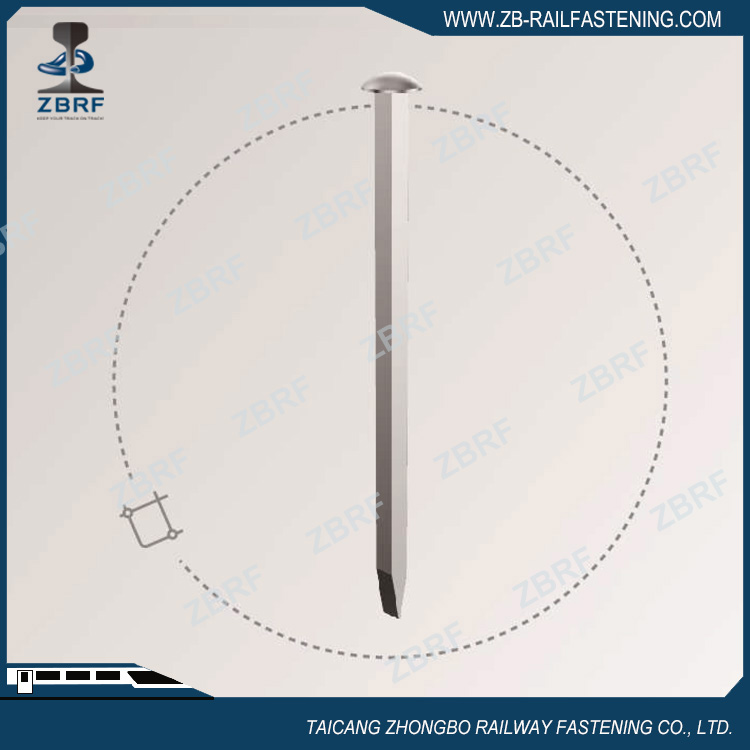
Track Spike,Dog Spike,Rail Spike,Boat Spike
TAICANG ZHONGBO RAILWAY FASTENING CO., LTD. , https://www.railfastener.com